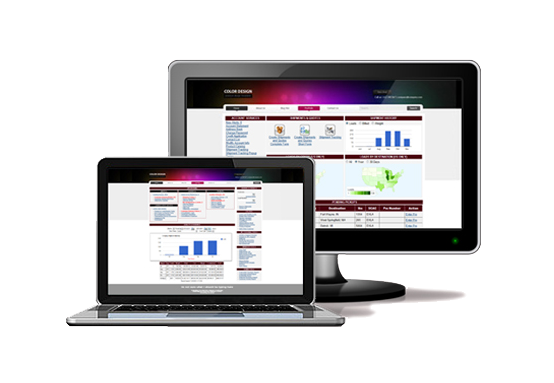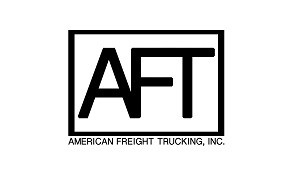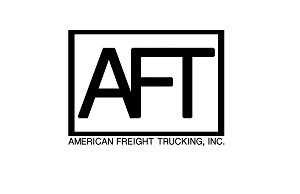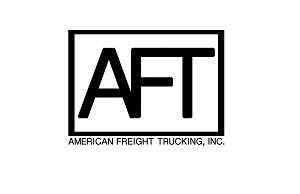MacroPoint Integrates with 3PL Systems’ BrokerWare TMS

MacroPoint has announced an integration with transportation management system software provider 3PL Systems to help automate certain processes between shippers and brokers.
MacroPoint is integrating with 3PLs Systems' BrokerWare to automate the tracking of shipment information, which will help customers book more loads from valued shippers.
3PL Systems BrokerWare TMS offers dispatch and operations capabilities that rely on accurate load tracking. Through customer and sales portals in the web-based application, brokers using the TMS can track shipments. Other features of BrokerWare include least-cost routing, a bi-directional accounting integration, and a carrier selection function for researching provider qualifications.
“Through our new integration with 3PL Systems, MacroPoint's load tracking solution will enhance benefits that 3PL Systems already offers its customers,” said Dave Halsema, executive vice president of MacroPoint. “We are pleased they have enabled MacroPoint with their TMS and look forward to providing their brokerage users with freight tracking and real-time location monitoring.”
MacroPoint designs freight monitoring and tracking solutions for shippers, brokers and 3PLs. Its solution works on any cell phone and with existing in-cab electronic logging devices or GPS tracking devices to provide real-time location monitoring and tracking, delivery monitoring and event notifications for third parties.
Related: Logistic Dynamics Offers Freight Tracking With MacroPoint
Follow @HDTrucking on Twitter







